Many people who have diabetes notice that they suffer from aching feet. They experience pain in the heel, foot and toes on a regular basis. For some people it’s an occasional occurrence; for others, it’s a significant problem that affects their quality of life. Nutrition and exercise play a surprising role in reducing the effects of diabetes and aching feet, and even hair loss in diabetics. Check out our article on fresh juice recipes for diabetics.
The Connection Between Diabetes and Aching Feet

Although diabetic neuropathy (nerve damage) is probably the primary cause of aching feet in diabetes, the truth is that there are other causes as well. For a complete explanation, we need to look at the different parts of the foot and how diabetes affects them.
A. The Heel (Achilles tendon)
The connection between diabetes mellitus and heel pain is based on an imbalance between intake and output of glucose in the body. This imbalance leads to high blood sugar levels.
Excess glucose in the body can crystallize and harden below the skin, which causes nerve damage. This is a condition called peripheral neuropathy. Damaged nerves in the feet cause them to feel pain when touched or stepped on. Under normal circumstances, these nerves send a signal to your brain telling you whether there’s pressure on a specific part of the foot. When this nerve communication isn’t working, you might feel pain when stepping down on your heel or having something touch it.
As we will see later in this article, however, diabetic neuropathy is not always the primary cause for aching feet. However, peripheral neuropathy can lead to other causes and symptoms, which we’ll discuss in the following sections.
B. The Foot’s Top Surface (Tarsal Tunnel)
The tarsal tunnel is located in-between your heel and the bones of your foot. It contains a series of nerves and blood vessels that go through this passage to reach their final destination (the toes).
Damage to the tarsal tunnel can cause a noticeable burning pain in your foot. This sensation may be stronger as you walk and it might increase in intensity throughout the day. It’s important to keep this symptom in mind because of the risk of tarsal tunnel syndrome1.
C. The Foot’s Bottom Surface (Metatarsal)
The metatarsals are bones in the bottom of your foot connecting to five of your toes. There is one metatarsal bone for each toe, and they contain blood vessels and nerves which supply the toes with necessary nutrients. Much like the tarsal tunnel, diabetes-related peripheral neuropathy can damage the metatarsal bones. This causes burning sensations in the toes and foot; it may also lead to blue discolouration on the bottom of your feet.
D. The Toes & Foot’s Top Surface (Top of Foot)
The toes and top of your foot are extremely sensitive to peripheral neuropathy. Any damage to the nerves or blood vessels in this region can cause burning pain, tingling sensations, stiffness and swelling in the toes. This sensation is often worse when you wake up in the morning and gets better as you move around. It’s also possible that the damage from peripheral neuropathy will cause the skin in this region to become cold and discoloured.
What Causes Diabetes and aching feet?
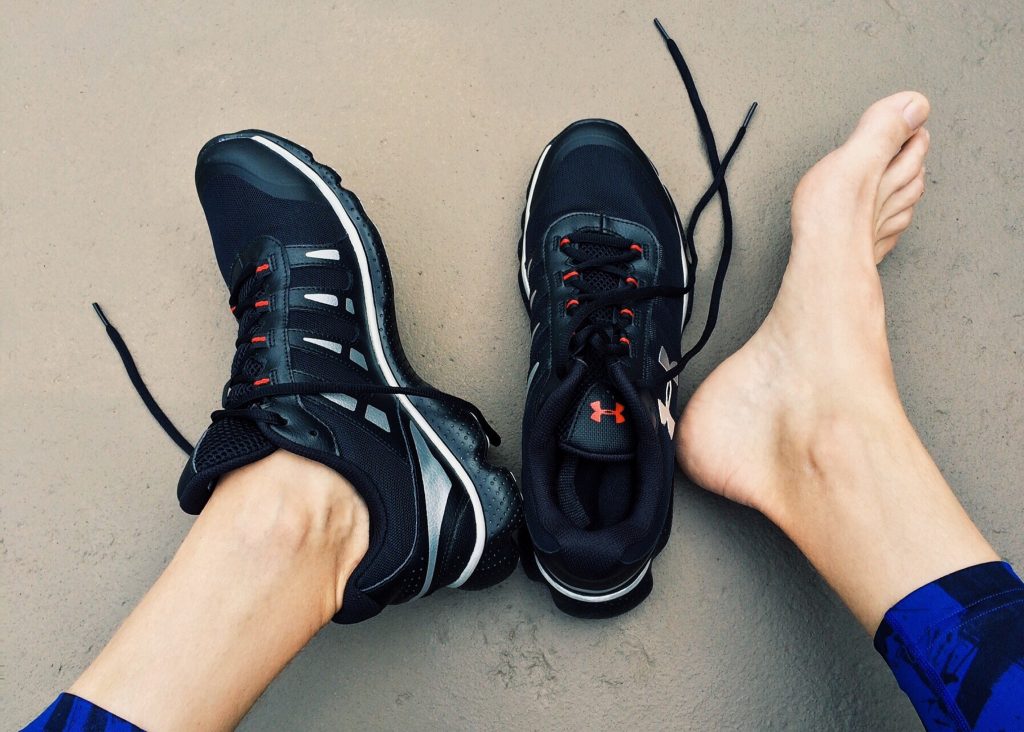
There are two common causes of diabetic foot pain.
Diabetic neuropathy
Nerve damage from diabetes. Most cases of severe foot pain in diabetics are caused by nerve damage that affects the feet. Diabetic nephropathy – Kidney disease brought on by diabetes. The kidneys control blood pressure, and this has an effect on circulation to the feet as well.
Diabetic neuropathy arises from poor blood circulation and the inability of nerve cells to function properly. It is a disorder in which nerves deteriorate, causing inflammation and pain. The most serious form of diabetic neuropathy is a peripheral vascular disease (PVD), which affects 16% of diabetics over 40 years old. Diabetics with PVD have a 50% chance of developing foot ulcers within 5 years. To prevent these, many diabetics wear special shoes to stop severe neuropathy from occurring.
The role of the kidneys in diabetic neuropathy
In diabetic nephropathy, the kidneys do not properly filter waste products out of the body resulting in high blood pressure and kidney failure. One result of this kidney disease is lower circulation to the legs which leads to feet ulcers. In addition, the kidneys are responsible for maintaining blood pressure. When there is damage to the kidneys (i.e., nephropathy) then it can cause reduced blood flow leading to foot pain and other complications such as heart failure or stroke.
The loss of sensation can be caused by burns, peripheral neuropathy (a condition associated with diabetes), thrombosis, or trauma. Peripheral neuropathy is a dysfunction in the nervous system that may cause pain. It is common among people with diabetes.
Foot ulcers
Most diabetics develop some degree of foot ulcers at some point during their lifetime.
A diabetic foot ulcer is an area of tissue damage in the skin that affects diabetics. The ulcers may affect the toes, heel, or under part of the foot. They start as small sores but can quickly turn into large open wounds that get infected easily and heal very slowly. In some cases, the infection can lead to gangrene and cause the toes or limb to have to be amputated.
Diabetics are typically at higher risk for foot ulcers because of nerve damage, poor circulation, and reduced sensation in their feet that makes them unable to detect pain until it is too late.
How to treat diabetes and aching feet
Treatment of the symptoms is focused on relieving pain and removing any possible causes for infection. Sometimes, antibiotics may be prescribed if there is an infection. If there are ulcers present, treatment with special dressings can sometimes help heal them.
Your doctor, diabetes educator and/or nurse can help you become more aware of your foot problems and help you control them. Be sure to ask how often you should check your feet and what signs or symptoms should alert you that you might have a problem.
Relieving pain and swelling in the feet

• Keep your feet elevated higher than your heart whenever possible.
• Apply cold, moist compresses several times a day to relieve pain and swelling. Ice packs are especially effective for relieving short-term pain or soreness. To make an ice pack, freeze water in a plastic bag until it is solid (leave the top open) then place it on your foot for 20 minutes at a time.
• Use a heating pad set on low heat to relax sore muscles. Do not use heat continuously for more than 20 minutes at a time without resting your feet.
• Wear shoes that fit properly and are wide enough so your toes have plenty of room to move freely and do not touch the ends of the shoe. Wearing shoes that fit properly can help relieve aching feet.
• Do not place objects inside your shoes to try and add space for toes that hurt, such as paper clips or rubber bands, as this may cause permanent damage to the nerves in the foot.
• Talk with your doctor about using arch support if you need extra support on your bottom foot joints. This can help relieve pain and prevent future problems with joint stress.
• If you have diabetes, follow your doctor’s suggestions for proper nutrition. A proper diet will help keep your blood sugar level as close to normal as possible which reduces the chance of complications in your feet.
Preventing Future Problems with Diabetes and Feet
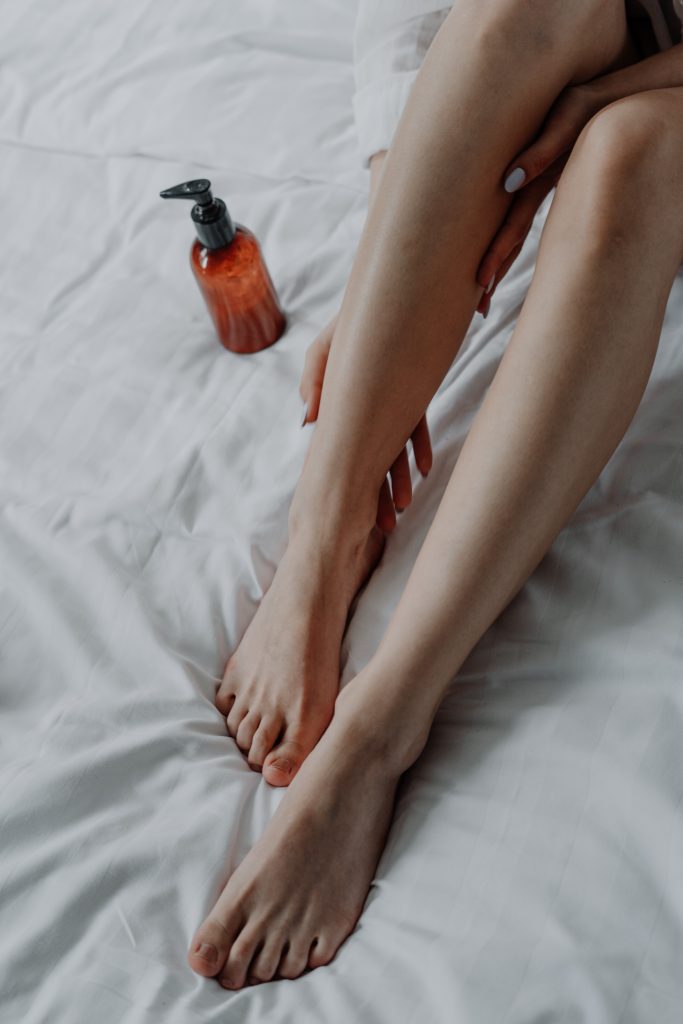
The following suggestions may be useful in preventing further foot problems:
- Keep feet clean and dry.
- Check them every day for cuts, blisters or any other abnormalities.
- Wear clean socks each day. If you are diabetic, wear shoes that fit properly and have plenty of room for your toes to move freely. Do not wear shoes that are too tight or have high heels.
- Wear shoes that give your feet plenty of support. Choose low-heeled, soft-soled shoes with room for the toes to wiggle.
- If you smoke, quit: smoking also damages blood vessels and can lead to problems with your hands and feet, such as ulcers or infections.
- Check your feet regularly for blisters, cuts and sores that do not heal. If you find a sore or problem area on your foot, clean it thoroughly with soap and water, apply an antibiotic ointment, cover the area with a gauze bandage and see your doctor ASAP. Do not ignore any open wound on your foot.
- If you have a spot on your foot that does not heal after a few weeks, see your doctor for treatment. You may need to wear special shoes or inserts or change the way you walk.
Tips for Managing Your Diabetes and Reducing the Risk of Foot Pain
The main problems with diabetes are that there is a lot of nerve damage so the blood vessels don’t open up, so you get ulcers on the feet. Also, it is hard to heal with diabetes. These two things can lead to amputation, so you have to prevent other problems from coming about. The major ways of preventing this are exercise.
Exercise

Exercise is the main way to prevent pain from your feet by making sure that the blood vessels keep getting good circulation, and that you don’t get ulcers on your feet. A study was done with pre-diabetic patients. They had them take exercise bikes and do moderate workouts. This helped to lower blood sugar levels.
Another study was done in which people who had type 2 diabetes were put on a treadmill for an hour in which they had a metabolic test, and then after the treadmill, they would have their feet soaked. Most of them showed improvement in their circulation because of this exercise. After the therapy, there was less swelling and better perfusion.
The problem with type 2 diabetes is that often the blood vessels are narrow because of vasculopathy, so in order to get better circulation you have to exercise.
Preventing ulcers
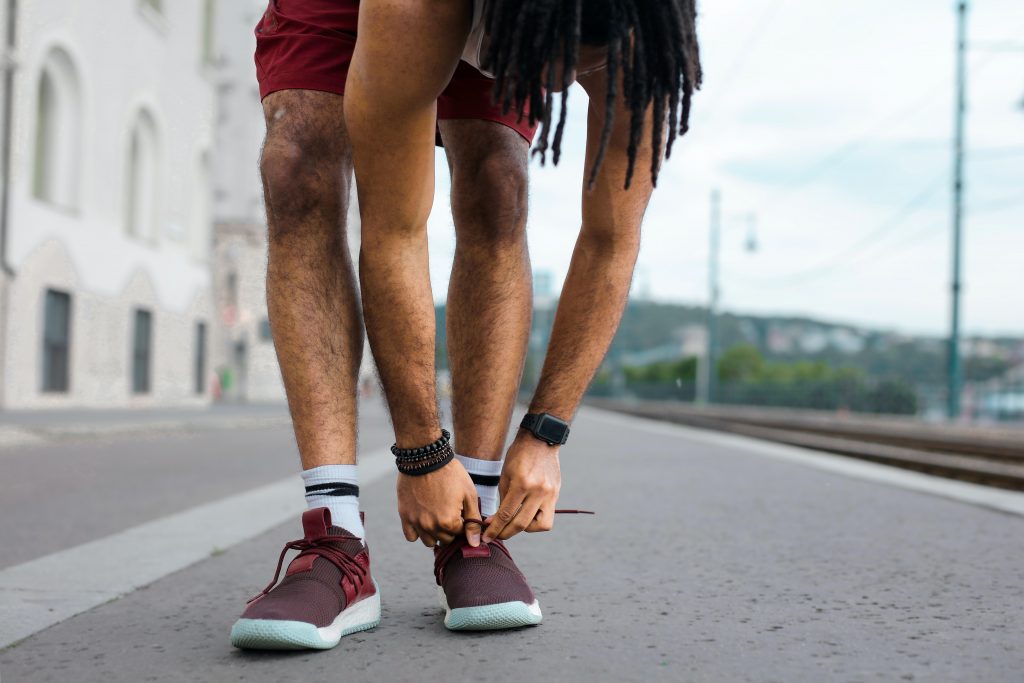
There is also another reason for ulcers on your feet, which is that sometimes people take too many steroids and can cause ulcerations because of the immune suppressant. The best way to prevent this is by taking more care about what you eat and making sure you are getting enough nutrition when you exercise. Also if there are any problems with your feet you should go to the doctor as soon as possible.
Another way of preventing foot ulcers is by taking off your shoes and socks. If you do that, then it will let in some antiseptic agents into the area where the skin is damaged so there are no bacteria that gets on top of it when you walk around.
The last main way of preventing problems with nerve damage in the feet is by wearing shoes that you can wear comfortably. If you feel uncomfortable then it will affect your nerves and cause pain, if you have diabetes or not.
For more on diabetes and aching feet/foot problems in general check out this video below.


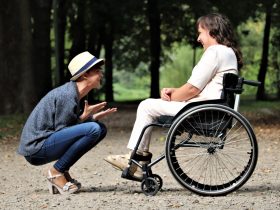



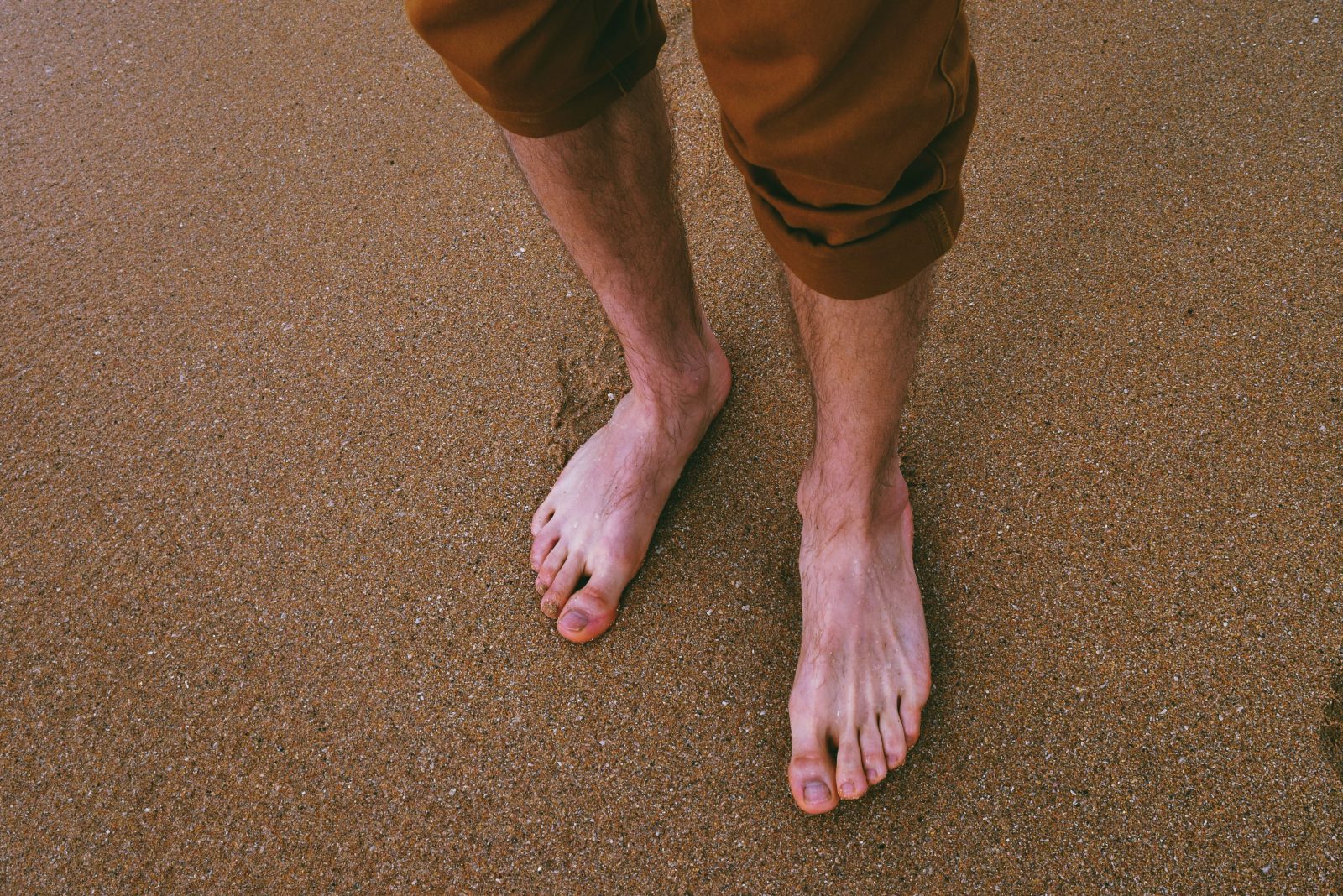











26 Comments